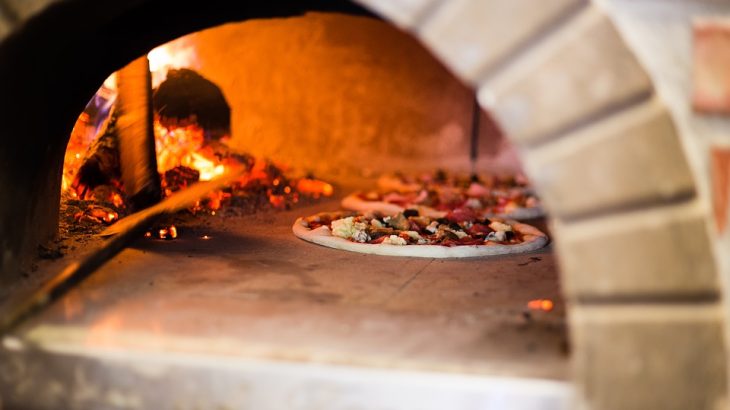Building an oven is an unusual outdoor design. Yet, it is an idea that can bring more functionality to your garden. Also, it is an easy project to do and is usually done without the help of a specialist, provided you have a minimum of knowledge and the necessary tools. However, besides the know-how, it is also essential to comply with various regulations. These depend on the use of the oven, its size, and location concerning the neighborhood.
The Different Constraints Related to the Construction of a Garden Oven
Building a brick oven in the garden is undoubtedly a very tempting project because of its practicality, but it is essential to consider many elements to carry it out.
The Local Urban Plan
To erect masonry structures, it is necessary to consult the PLU systematically. The construction of an outdoor brick oven is no exception. Indeed, in some municipalities, this type of work is prohibited.
The Neighborhood
This is also an essential element in this project, even if it is often neglected. The problem is even more complicated if you decide to integrate a barbecue into your installation. Odors and fumes can be considered a neighborhood nuisance, especially frequent ones. To avoid this problem, choosing the right location for your oven is necessary.
In addition, placing an oven near a wall can quickly turn it black. Over time, the stains will become permanent. In exceptional cases, you can set the stove against a dividing wall between two properties, but in this case, the neighbor’s agreement is required.
Safety Criteria
Contrary to mobile or fixed barbecues, the fire risk is lower for the oven, because the fire is contained in the combustion chamber. However, caution is still required. For example, avoid installing the oven near dry vegetation, synthetic flooring, a wooden deck, or a tree.
Permits Required To Build a Brick Oven
If the PLU does not prohibit its construction, no specific authorization is required to build a brick oven in the garden if the structure does not exceed 5 m² (footprint). Beyond that and up to 20 m², it is compulsory to declare the project in advance. This administrative step is necessary and must be done at the town hall.

Stages of the Construction of the Brick Oven
Once the administrative procedures are completed, you can start the construction work. To avoid inconveniencing the neighborhood, it is essential to inform your neighbors of your intentions.
The Installation of the Hearth
- It is essential to use specific bricks: refractory and food bricks, natural and without chemical components to build the hearth.
- To optimize the efficiency of the bricks, it is necessary to choose a specific format, 40 x 30 cm, and a thickness of 5 cm.
- Use lime and sand to glue the bricks. Ensure that the surface is flat and that the joint does not prevent the shovel from sliding during use.
The Assembly of the Dome
The dome is one of the elements that guarantee the efficiency of your oven. Like the bottom, you should use bricks without additives. Indeed, some products in light-colored bricks can represent health risks when in contact with food.
Moreover, choosing the right size of bricks is also essential. In this case, half-bricks are an exciting solution to avoid cutting them lengthwise.
The Exterior Coating
Essential to contain the heat and return it to the interior, the interior coating improves the oven’s insulation. To do this, hydraulic lime and sand must be applied directly to the bricks. The ideal composition is 1 part lime to 2 parts sand. The drying time before use is ideally 3 weeks.



















